You’ve probably caught yourself staring at those mesmerizing spotted coats and thinking Bengal cats are simply stunning house leopards. Yet there’s so much more beneath that wild appearance. These remarkable felines come packed with behaviors that would surprise even the most experienced cat owner. From their peculiar bathroom habits to their unusual relationship with household items, Bengal cats possess quirks that set them apart from every other breed on the planet. So let’s dive in and discover what makes these spotted beauties truly extraordinary.
They’re Fascinated by Water Unlike Most Cats

Forget everything you know about cats hating water. Bengal cats genuinely love water and will often play in it or with it, splashing water out of their bowls, playing in puddles, pawing at running sinks, or following their owners into the shower or bathtub. This love stems from their wild ancestry, where their Asian leopard cat relatives needed to hunt near water sources.
You might notice your Bengal performing a unique “swishing” action across their drinking water with their paw before drinking, reminiscent of their wild ancestors clearing pond surfaces, though this often transforms into gleeful splashing sessions that can sprinkle water throughout the room. Many Bengals have an overriding obsession with water, drinking by dipping their paw into the bowl and licking it off rather than drinking directly, and displaying almost painful delight when encountering running fountains and faucets.
Their Intelligence Borders on Mischievous Problem-Solving
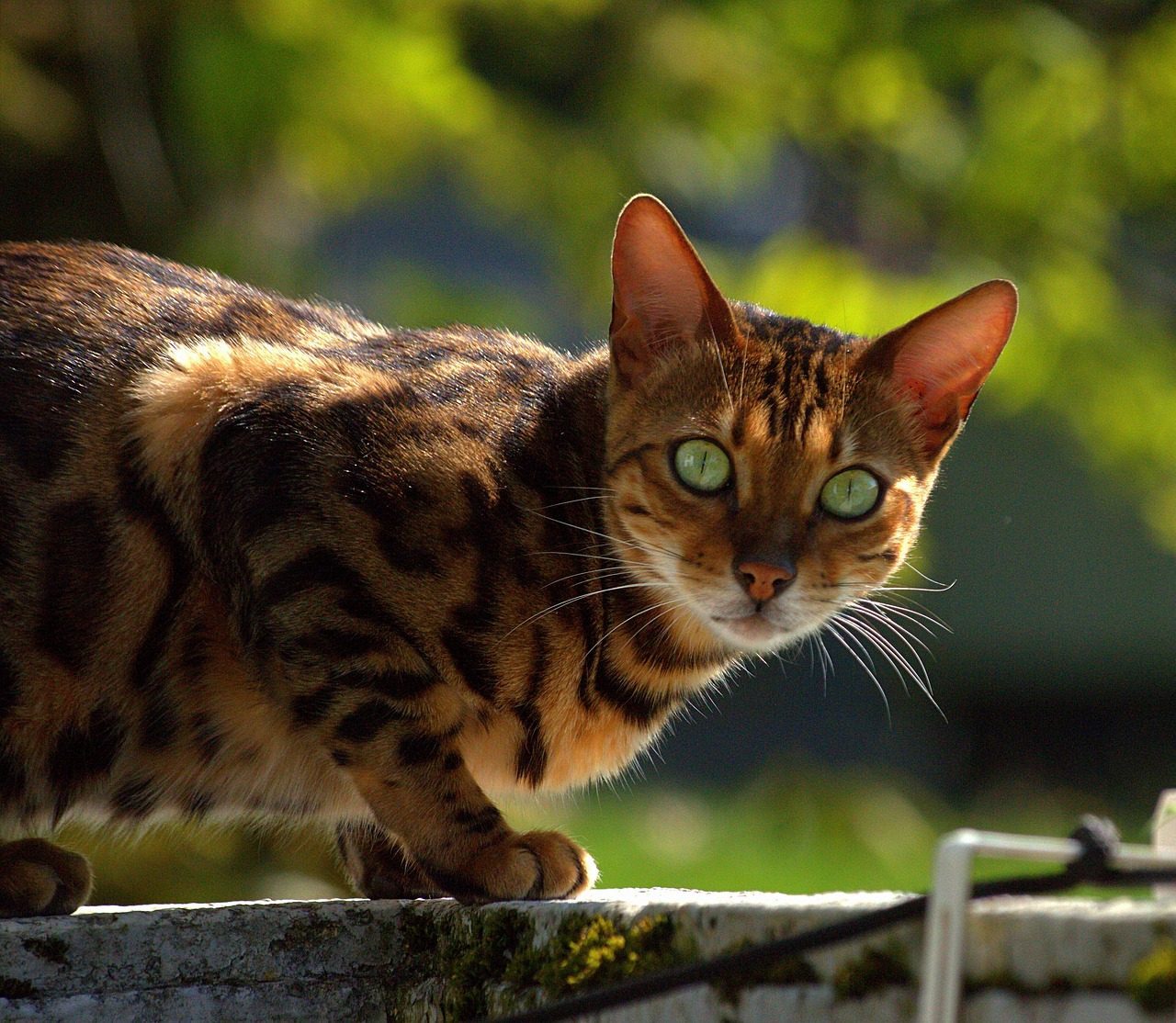
Bengals rank among the most intelligent cat breeds and often exhibit behaviors typically associated with dogs, functioning as problem solvers known to open doors, flush toilets, and even turn light switches on and off. Their paws work almost like hands with incredible nimbleness, allowing them to flip light switches, open cabinets, and fish objects out of containers.
When bored, Bengals can dismantle objects to see how they work and open drawers and cabinets searching for interesting toys or food, often performing attention-seeking behaviors like jumping on kitchen counters specifically because they know it forces interaction. Their sharp minds require constant engagement to prevent destructive tendencies from emerging.
They Display Dog-Like Behaviors That Shock Cat Owners
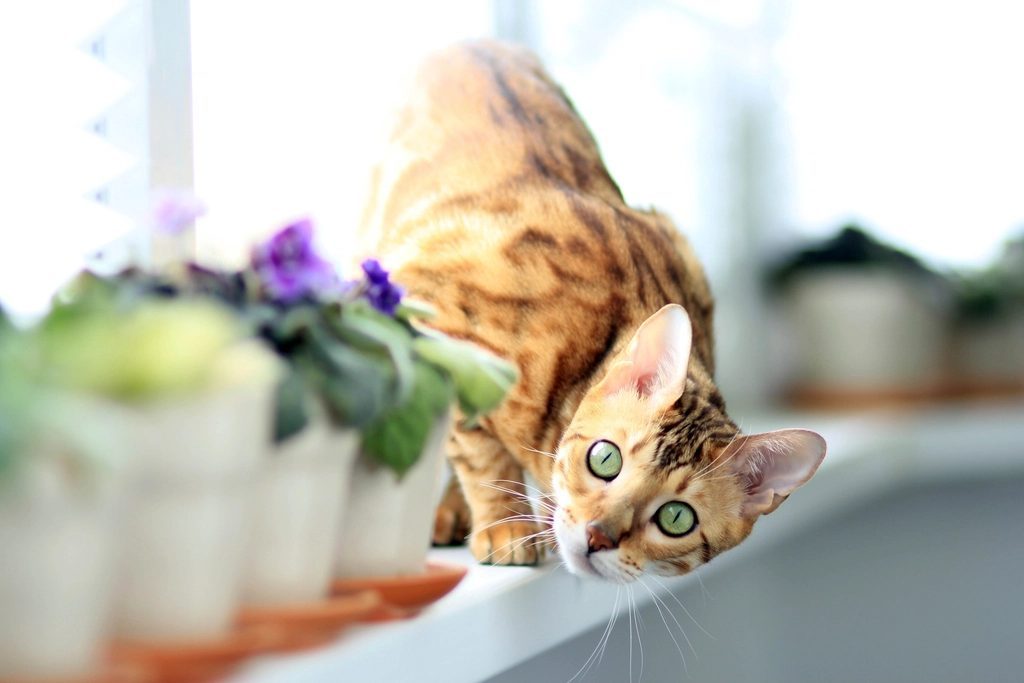
Many Bengal owners describe their cats as having dog-like personalities, evidenced by their tendency to follow owners from room to room, play fetch naturally, and their ability to be trained to walk on leashes with patience. They’re extremely affectionate with dog-like personalities, easily trained due to high intelligence, capable of learning any trick a dog can do, and many will fetch without any training at all.
This remarkable adaptability extends to outdoor adventures that most cats would find overwhelming. They’re often described as having that distinctive “dog like” personality trait, making them perfect companions for families seeking an interactive and loyal feline friend.
Their Climbing Abilities Reach Extreme Heights
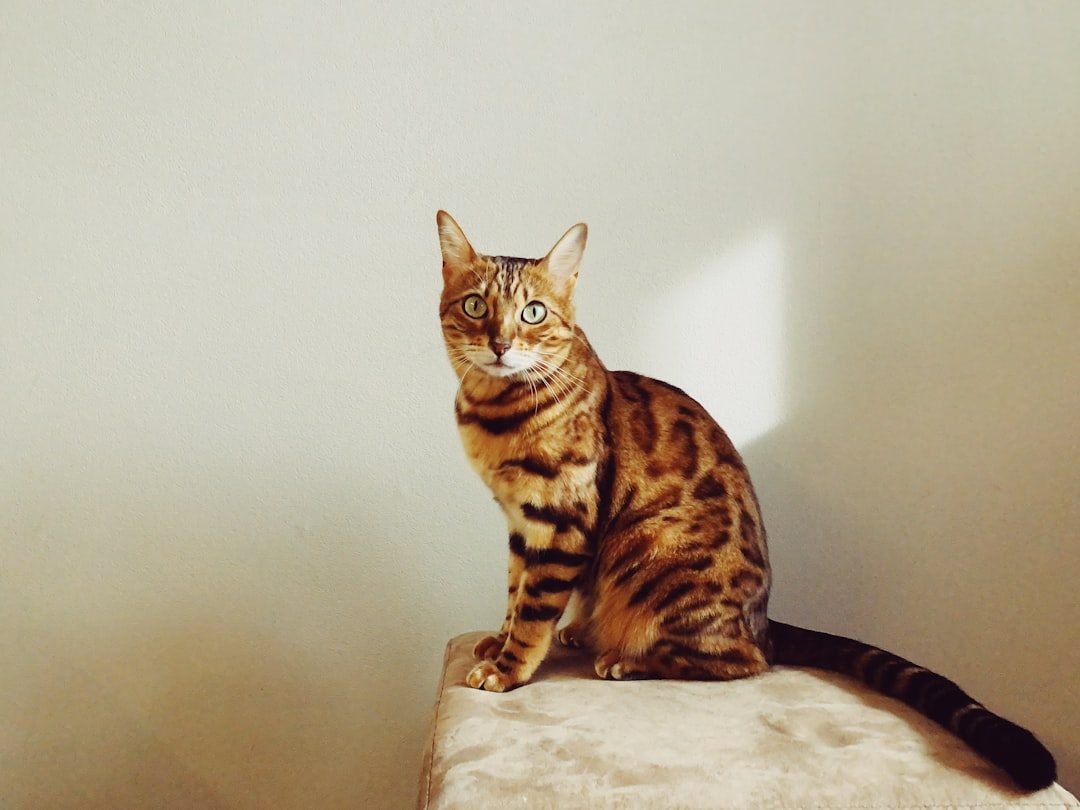
Bengals need substantial vertical territory because they love to climb, with higher being better, requiring tall cat trees and window perches to satisfy this urge. Bengals are astounding athletes who spend much of their time being active who rush around with glee, climb doors and cupboards, and leap to huge heights, including landing on shoulders in single leaps from several meters away.
As natural climbers and explorers, Bengals love high vantage points and will scale shelves, cabinets, and cat trees to survey their domain. Their incredible curiosity drives them to seek plenty of physical and mental activity, making them natural athletes with a love for climbing who need vertical spaces like tall cat trees and window perches, with higher being happier.
They’re Extremely Vocal With a Varied Communication Range
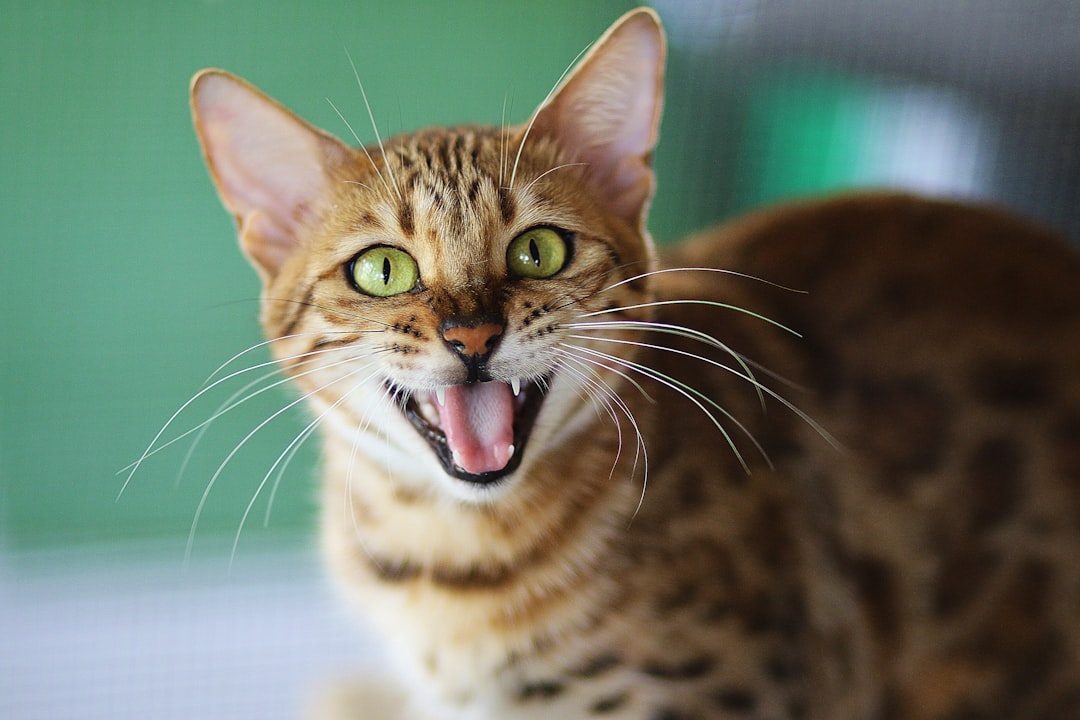
While Bengals aren’t especially noisy cats compared to some Siamese breeds, they possess a varied range of outspoken calls used when needed and are known to be chatty with their owners, excelling at communicating exactly what they need. When owners return home from work, Bengals won’t sit idly by but provide royal greetings complete with serenades, with behavioral experts noting their tendency toward loud vocalization.
If you’re seeking a quiet companion, Bengals might not be ideal since they’re highly vocal and expressive, using meowing, chirping, and trilling to communicate their needs and emotions. Their vocal nature serves as an important communication tool that strengthens the bond between cat and owner.
They Demand Attention Like No Other Breed
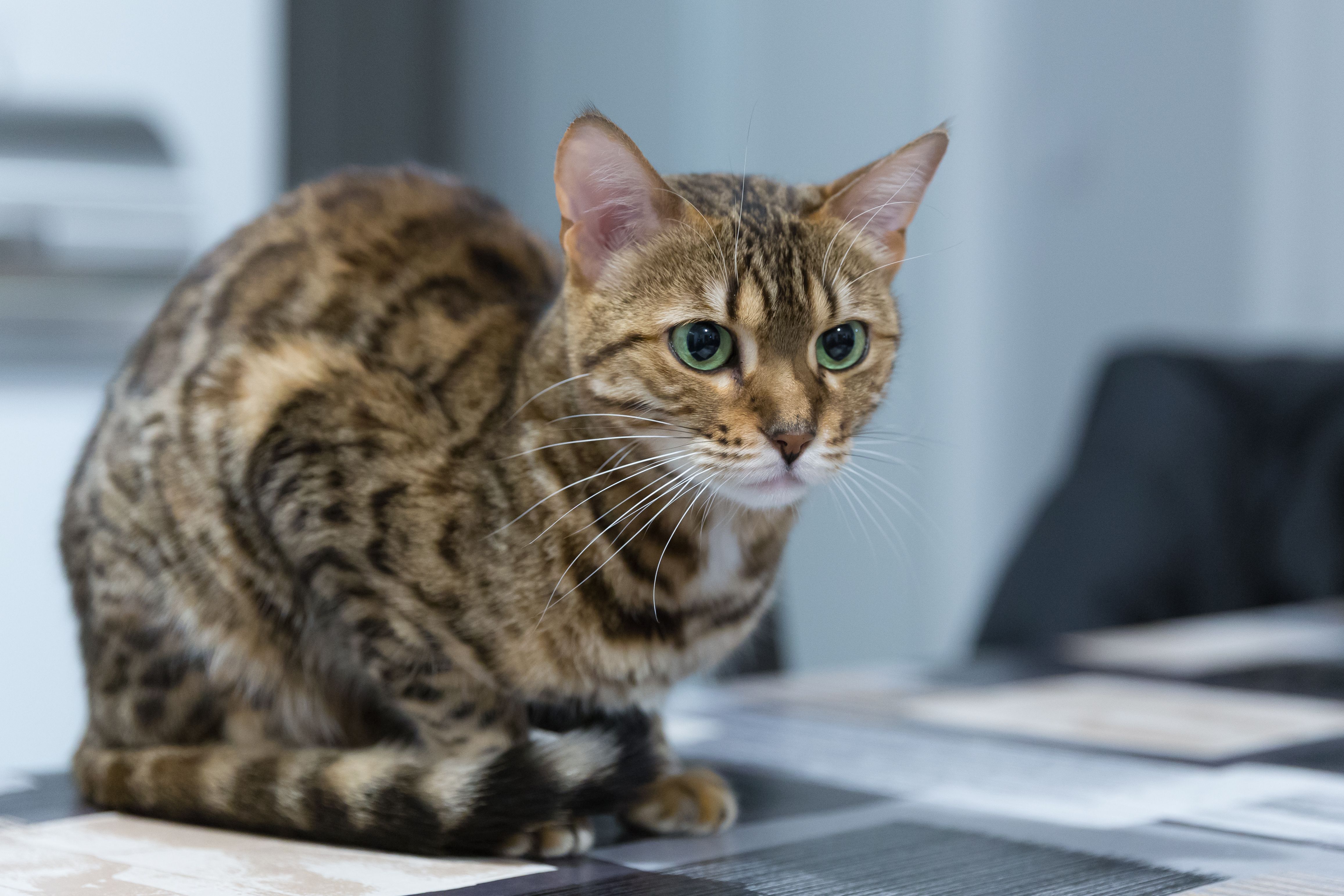
Extremely intelligent, curious and active, Bengals demand significant interaction, and owners who can’t provide it during the day should plan to have two of them or avoid getting one entirely. They sometimes demand substantial attention but always keep owners entertained with their antics, and they’re definitely not cats to be ignored.
Bengals can be quite demanding regarding attention and playtime, requiring plenty of mental stimulation, making them unsuitable for those seeking low-maintenance pets, though their strong personalities can be managed with proper training and socialization. This attention-seeking behavior stems from their high intelligence and social nature rather than simple neediness.
Their Food Behavior Includes Guarding and Strange Eating Habits
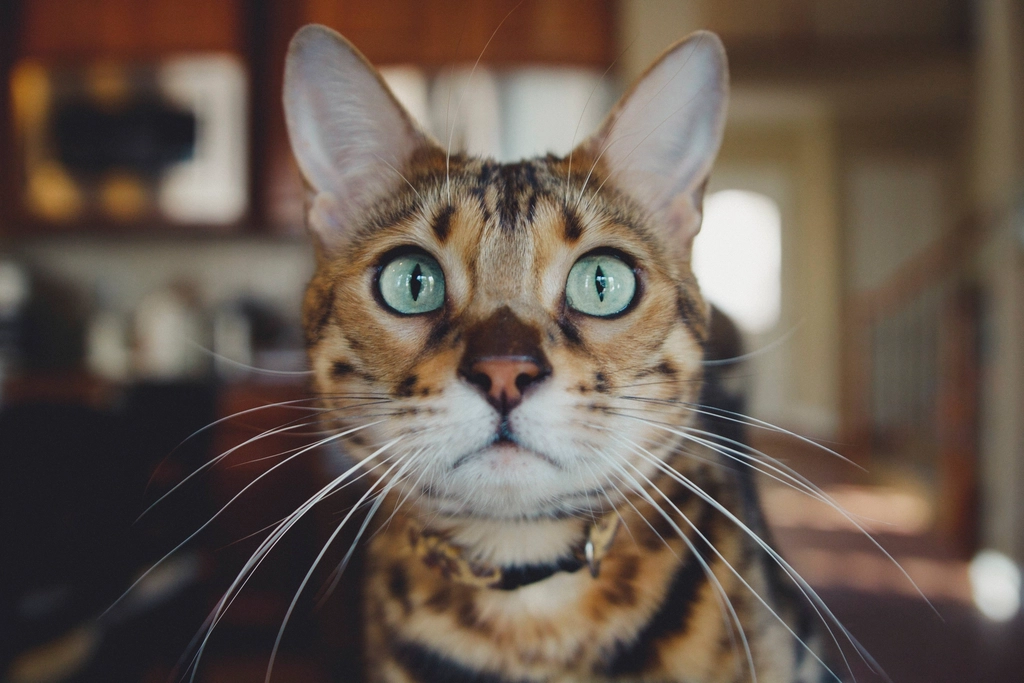
Bengals definitely love their food and have to be first to access it, with the main feeding challenge being their tendency to climb inside food bags before owners can pour it out, while treats like chicken pieces are carried off and guarded proudly with low growls. This protective behavior around food reflects their wild instincts.
Bengal cats need very fresh water and will find it themselves if not provided, which is why owners should keep toilet lids closed and avoid bleach tablets, with many owners providing water drinking fountains or allowing access to running faucets, as Bengal cats often wait by sinks during teeth brushing for fresh water.
They Hide Objects as an Attention-Seeking Strategy
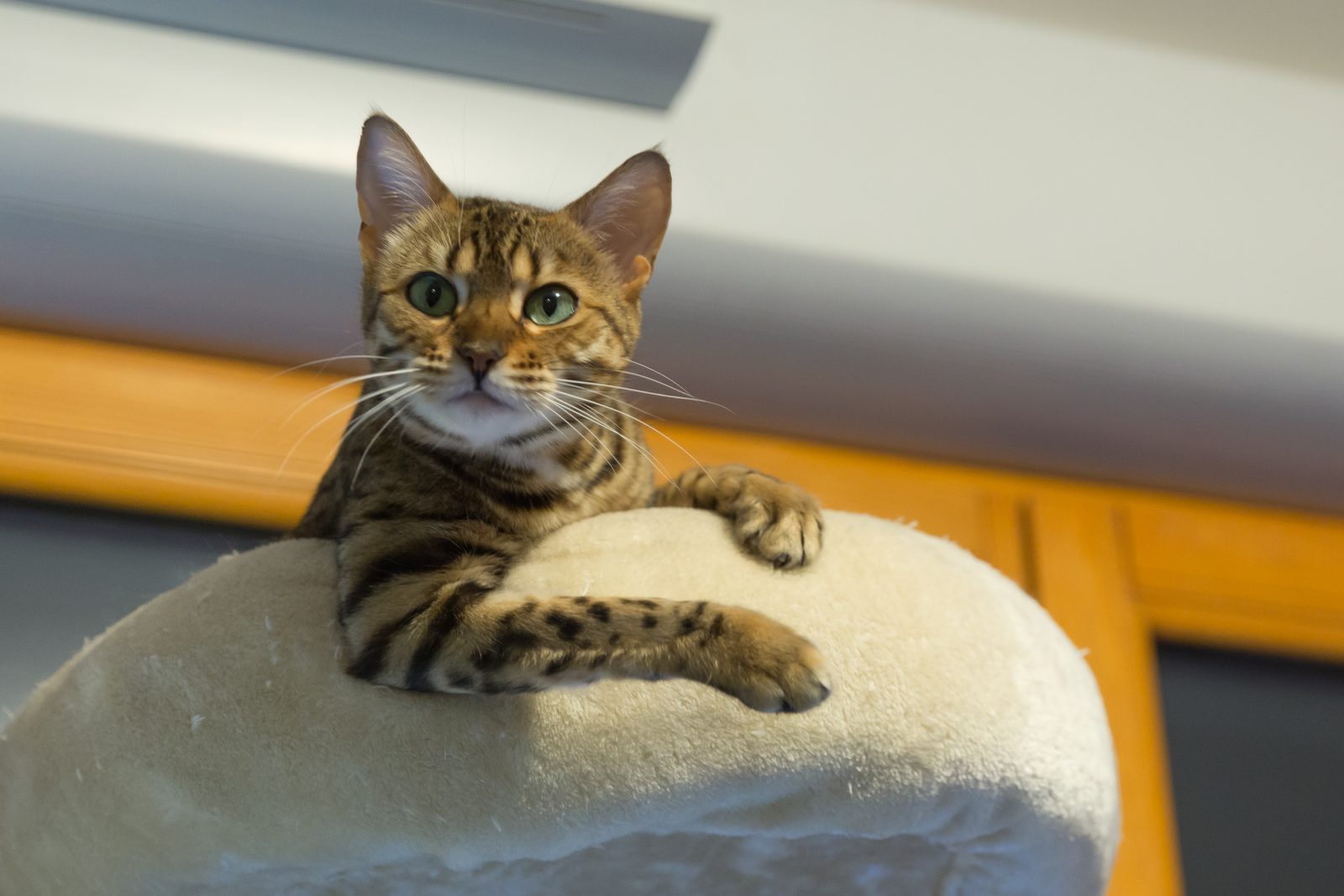
Bengals are known for hiding objects, perhaps to get their owner’s attention, as their curiosity means they may find objects interesting and move them somewhere different. This behavior often puzzles new Bengal owners who can’t understand why their belongings keep disappearing.
This object-hiding tendency connects to their high intelligence and need for mental stimulation. They are highly inquisitive, enjoying getting into drawers and cabinets, loving to see how objects react when hit or bitten, and getting bored quickly without adequate stimulation. Think of it as their version of collecting interesting treasures.
Their Athletic Abilities Include Unusual Running Styles
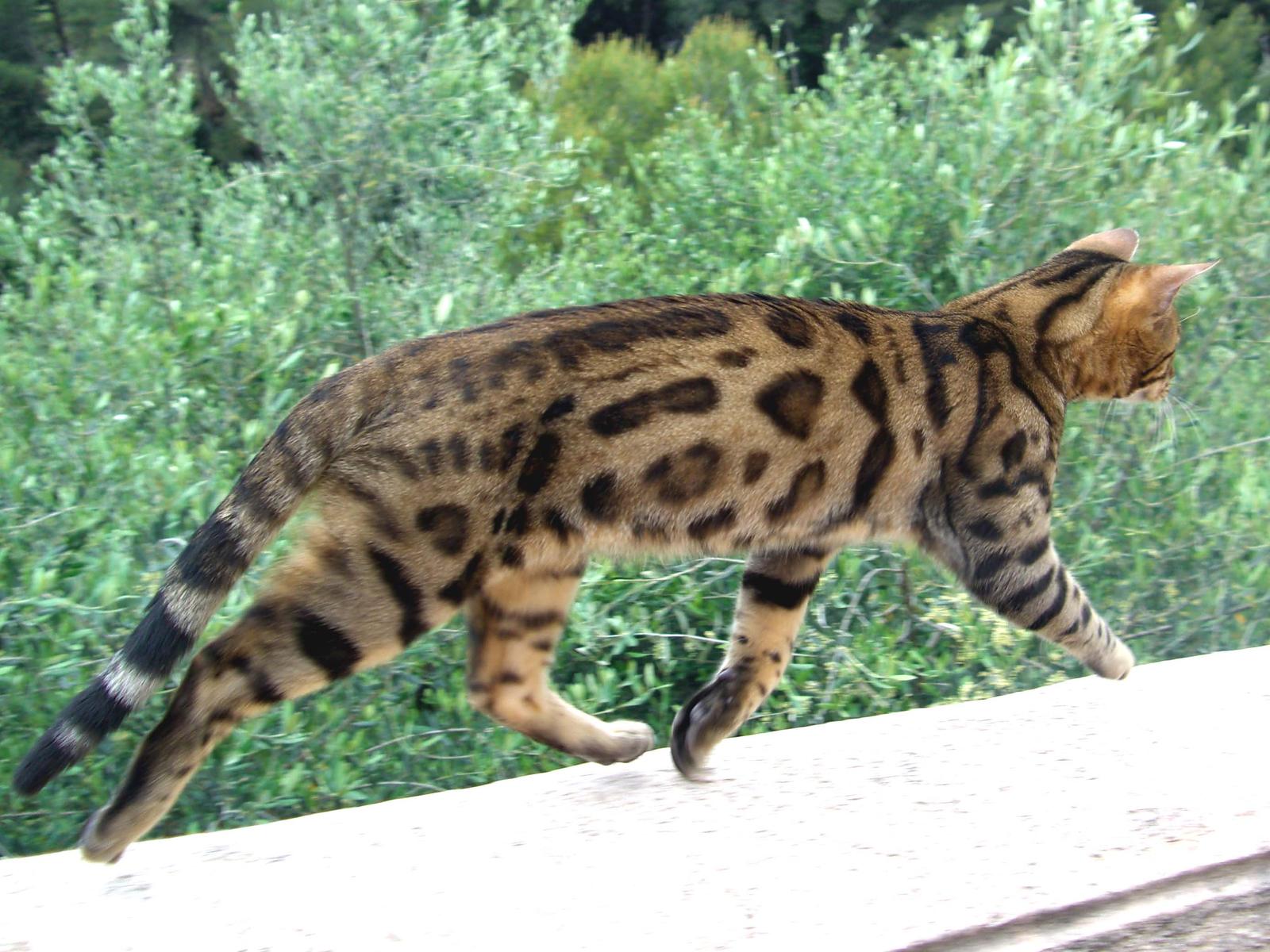
Female Bengals are highly agile and can be found climbing and balancing on virtually everything, while both sexes are very fast runners who sound like a herd of elephants throughout the house, displaying distinctive movement patterns when running fast. Their athletic prowess often surprises owners with its intensity.
Bengals are known for their playful and energetic nature, making them one of the most active cat breeds who love to climb, jump, and chase toys for hours, requiring interactive toys and tall cat trees. Their physical capabilities far exceed those of typical house cats, reflecting their wild heritage.
They Form Incredibly Strong Bonds With Their Humans
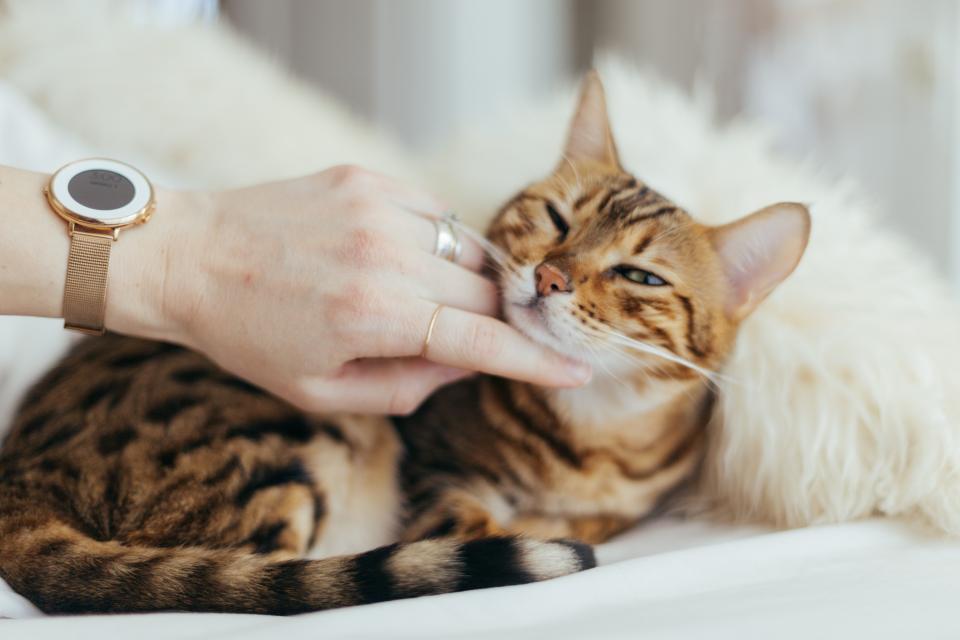
While many people consider Bengals to be wild cats that only pretend to be domesticated, the breed is actually very sweet and loving, attaching closely to their people as loyal friends. Bengals are extremely intelligent cats who form strong bonds with their owners, love interacting with their humans, and are always found at the center of family activity, making them perfect for families wanting cats that truly participate.
Bengals love people deeply, and when they bond with their owners they do so profoundly, with Bengal cats being happiest when near their humans, caring little about living space size as long as family members are nearby. This intense bonding often surprises people expecting aloof, independent cats.
These ten surprising habits reveal that Bengal cats are far more complex than their stunning appearance suggests. Their water obsession, problem-solving intelligence, dog-like loyalty, and attention-seeking behaviors make them extraordinary companions for the right families. Yet their high energy requirements and need for constant stimulation mean they’re definitely not suitable for everyone.
If you’re considering a Bengal, prepare for a lifetime of entertainment, mischief, and unwavering devotion. These cats don’t just live in your house – they become active participants in your daily life, demanding interaction and offering endless amusement in return. What do you think about these surprising Bengal habits? Tell us in the comments.





